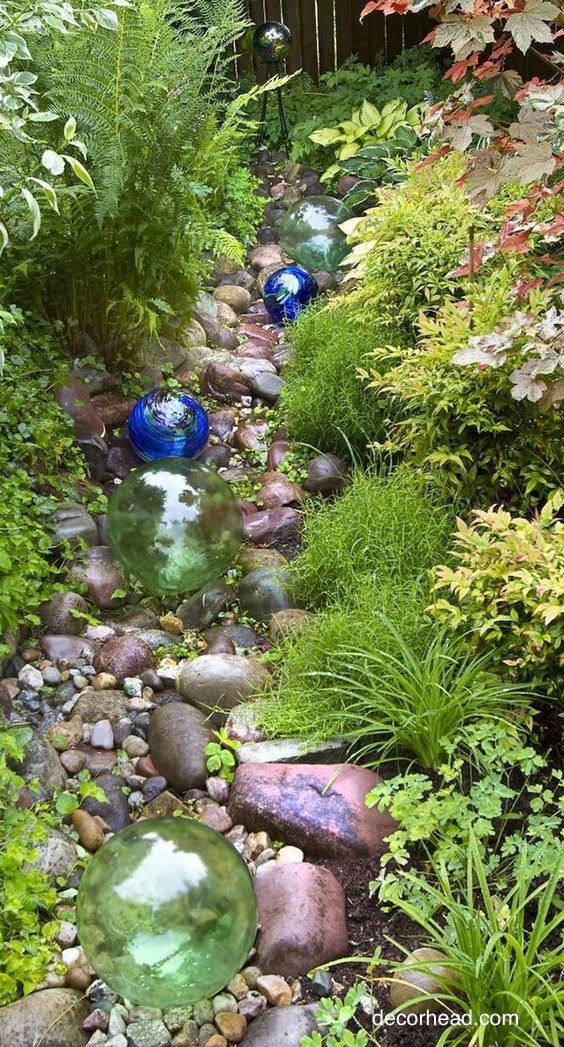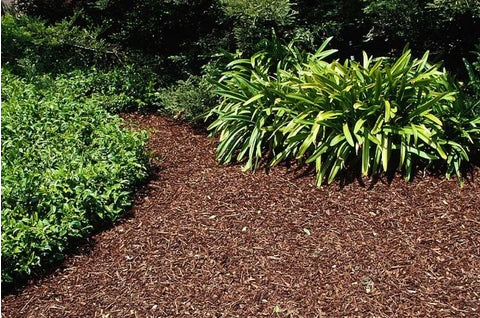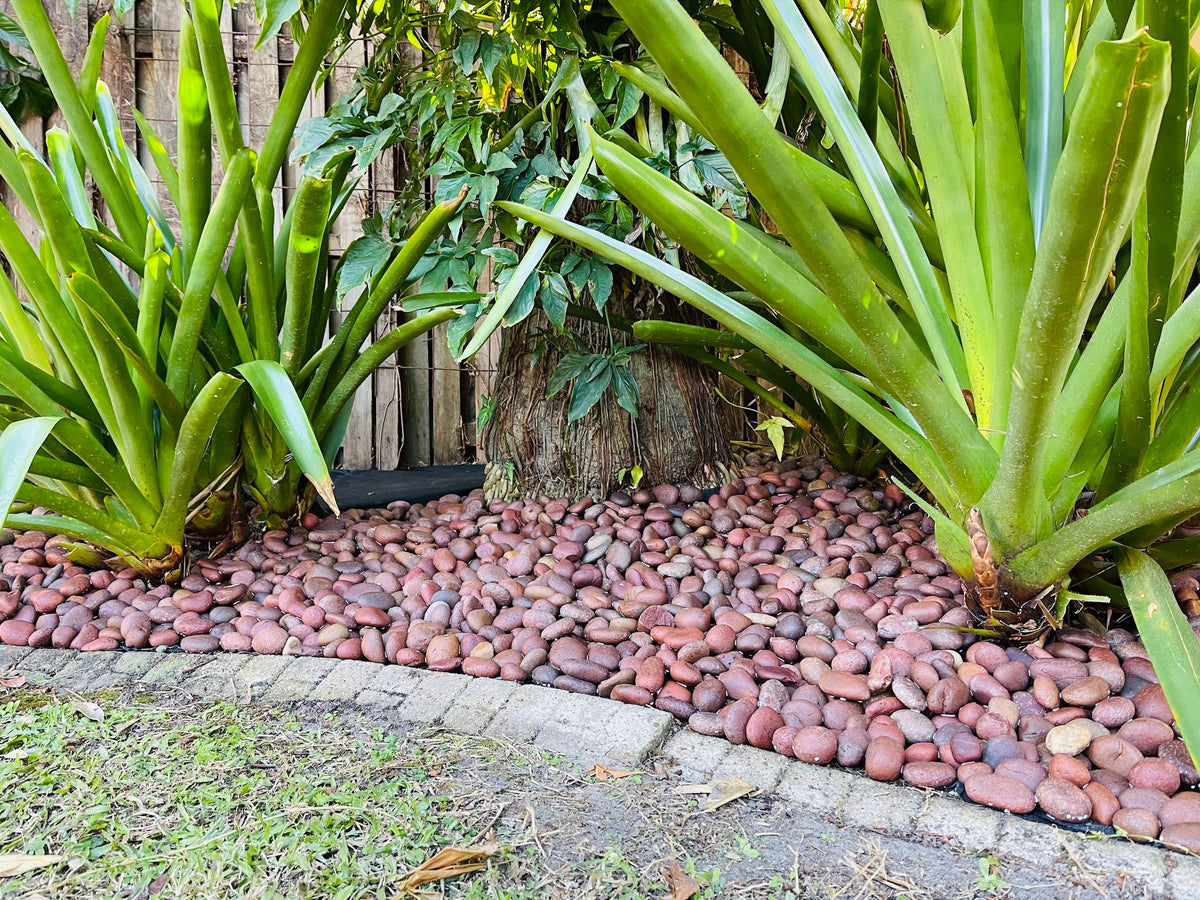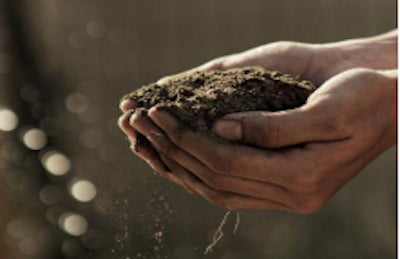Your Cart is Empty
FREEPOTTING MIX ON ORDERS OVER $200 |Applied at checkout
18 Kerryl Street, Kunda Park
FREEPOTTING MIX ON ORDERS OVER $200 |Applied at checkout
18 Kerryl Street, Kunda Park

Thank goodness for this beautiful rain we are finally having! Let’s just hope that they are also getting it where it is needed even more than here. It seems timely to talk now about rain gardens and how they can be both a beautiful and functional feature of your garden.

A rain garden is usually constructed in a depressed area that collects rain water from a roof, walkway or driveway. It filters nutrients and pollutants, and allows the water to soak into the ground. When planted with grasses and flowering perennials, rain gardens can be a cost effective and beautiful way to reduce runoff and flooding from your property. Rain gardens help conserve valuable water and create excellent habitat for birds and butterflies.
If you are considering a rain garden on your property, keep these points in mind:


Mulching is one of the most important Winter garden jobs because it insulates the soil, retains moisture and suppresses weed growth.

Stunning Kashmiri Polished Red Pebbles have deep, rich and vibrant colour tones and are available to order in 20kg bags.

We are excited to announce that our soils are now certified AS 4419. AS 4419 is an Australian Standard that provides guidelines for producing and using soils in landscaping and garden applications.